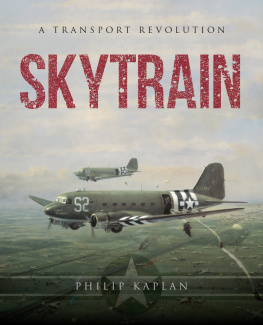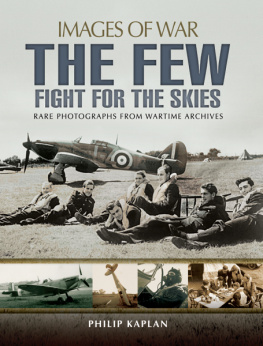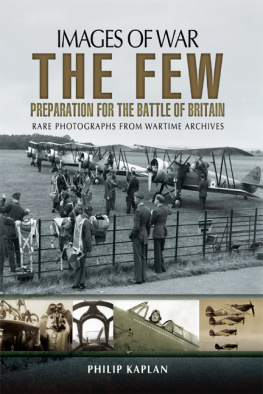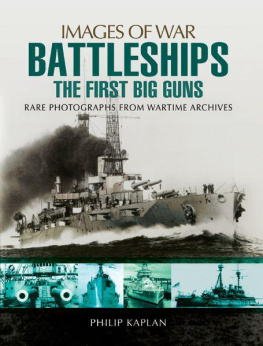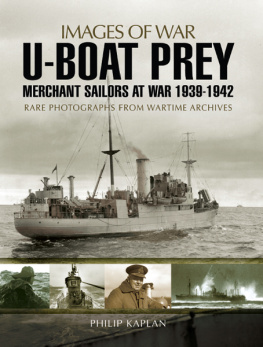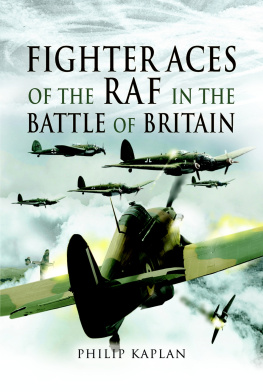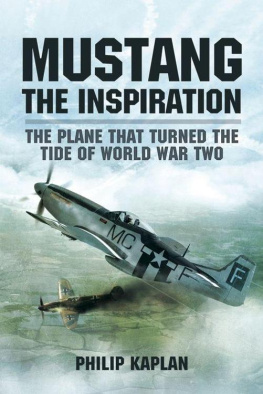Philip Kaplan - Skytrain: A Transport Revolution
Here you can read online Philip Kaplan - Skytrain: A Transport Revolution full text of the book (entire story) in english for free. Download pdf and epub, get meaning, cover and reviews about this ebook. year: 2018, publisher: Skyhorse, genre: History. Description of the work, (preface) as well as reviews are available. Best literature library LitArk.com created for fans of good reading and offers a wide selection of genres:
Romance novel
Science fiction
Adventure
Detective
Science
History
Home and family
Prose
Art
Politics
Computer
Non-fiction
Religion
Business
Children
Humor
Choose a favorite category and find really read worthwhile books. Enjoy immersion in the world of imagination, feel the emotions of the characters or learn something new for yourself, make an fascinating discovery.
- Book:Skytrain: A Transport Revolution
- Author:
- Publisher:Skyhorse
- Genre:
- Year:2018
- Rating:3 / 5
- Favourites:Add to favourites
- Your mark:
- 60
- 1
- 2
- 3
- 4
- 5
Skytrain: A Transport Revolution: summary, description and annotation
We offer to read an annotation, description, summary or preface (depends on what the author of the book "Skytrain: A Transport Revolution" wrote himself). If you haven't found the necessary information about the book — write in the comments, we will try to find it.
Skytrain: A Transport Revolution — read online for free the complete book (whole text) full work
Below is the text of the book, divided by pages. System saving the place of the last page read, allows you to conveniently read the book "Skytrain: A Transport Revolution" online for free, without having to search again every time where you left off. Put a bookmark, and you can go to the page where you finished reading at any time.
Font size:
Interval:
Bookmark:

Copyright 2018 by Philip Kaplan
All rights reserved. No part of this book may be reproduced in any manner without the express written consent of the publisher, except in the case of brief excerpts in critical reviews or articles. All inquiries should be addressed to Skyhorse Publishing, 307 West 36th Street, 11th Floor, New York, NY 10018.
Skyhorse Publishing books may be purchased in bulk at special discounts for sales promotion, corporate gifts, fund-raising, or educational purposes. Special editions can also be created to specifications. For details, contact the Special Sales Department, Skyhorse Publishing, 307 West 36th Street, 11th Floor, New York, NY 10018 or .
Skyhorse and Skyhorse Publishing are registered trademarks of Skyhorse Publishing, Inc., a Delaware corporation.
Visit our website at www.skyhorsepublishing.com .
10 9 8 7 6 5 4 3 2 1
Library of Congress Cataloging-in-Publication Data is available on file.
This book was previously published in the United Kingdom as Legend: The Story of the DC-3/C-47 Dakota
Cover design by Rain Saukas
Cover illustration credit: Geoff Lea
Print ISBN: 978-1-5107-0514-2
Ebook ISBN: 978-1-5107-0519-7
Printed in the United States of America
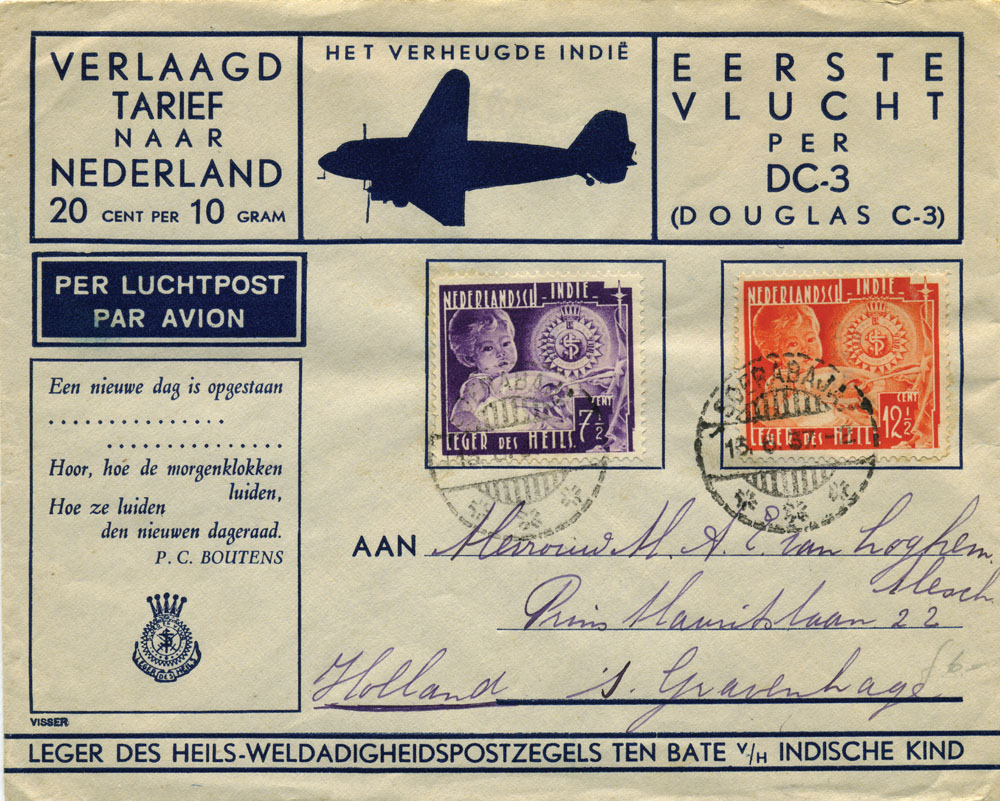

Like the Spitfire, and a relatively small number of other classic aircraft, the DC-3 / C-47 / Dakota is a breed apart, distinguished not only by her exceptional design, engineering, durability, performance, and her many other fine characteristics, but by her enormous base of admirers. To the millions of people who have been her passengers and the enthusiastic captains and crews who have operated her for more than seventy years, to her countless fans in the aviation world and those whose lives have been affected by her in the most dramatic ways, she is unforgettable.
Without question, this Douglas plane changed history, opening the era of modern air travel in the 1930s and as the backbone of Allied air transport in the war. In its Santa Monica, Long Beach, and Oklahoma City plants, Douglas Aircraft produced 10,349 of the planes. More than 2,400 additional examples were built by Japan and Russia both under license and without such permission.
Her lineage began with the DC-1, a low-wing all-metal (except for the fabric-covered control surfaces) monoplane that first flew in July 1933. The DC-1 offered enclosed passenger accommodation, trailing-edge flaps and retractable landing gear. She was the prototype for the DC-2 production model that led to the Douglas Sleeper Transport, whose first flight came in December 1935. The DST had sleeping berths for sixteen passengers and, though only built in a small run, made a great impression on transcontinental night flights. It evolved into the DC-3, whose maiden flight from Clover Field, Santa Monica, California, on December 17, 1935, marked the beginning of a major revolution in air travel. This came on the 32nd anniversary of the Wright Brothers pioneering flight at Kittyhawk, North Carolina.
With the entry of the United States into the Second World War, the U.S. military realized that, in the DC-3, it had a truly important multipurpose transport aircraft that would be crucial to the Allied war effort. Oddly, it would also become the only plane to be operated by every major combatant on both sides in that war. Built and flown by both the Soviets and the Japanese, the American DC-3now designated C-47was flown by the Germans as well. They formed a fleet of such aircraft captured from various air lines during the Nazi blitzkrieg campaign.
A significant surviving veteran of the war, the C-47A N1944A, is an impressive example of the type. Her wartime squadron code was J8-B and this historic plane was completed at the Douglas Aircraft Company, Long Beach, California plant on February 14, 1944. With only two hours and fifty-five minutes flying time on her airframe, she was accepted by the U.S. Army Air Force on March 1st. By late May she was based in England at AAF Station Upottery in Devon, one of the key D-Day launch bases of the 101st Airborne Division Screaming Eagles. Upottery was the base of Lieutenant Richard Winters and the men of Easy Company, 506th Parachute Infantry Regiment, the subjects of the book and television series Band of Brothers . From Upottery, J8-B was among eighty-one C-47s to participate in the airborne assault on Normandy of June 6th, bringing their paratroopers to the landing zones of northern France behind Utah Beach.
In 2008 the European Union ended the passenger-carrying career of the greatest, most significant Allied workhorse of the Second World War, the marvellous, ubiquitous Douglas DC-3 (the Dakota to most Britons.) This magnificent twin-engine airliner went to war all over the world in the 1940s as the C-47, playing a vital role in that conflict, helping to win it and to liberate millions of Europeans in the spring of 1945. General Dwight Eisenhower, in his book Crusade in Europe , wrote: Most senior officers regard as the most vital to our success in Africa and Europe the bulldozer, the jeep, the two-and-a-half-ton truck, and the C-47. None of them had been designed for their combat role.
In its 175-page EC Regulation 1899 / 2006, the European Union declared a new set of requirements for all passenger-carrying aircraft that operate in EU countries. The directive fails to distinguish between modern airliners and the rather small, vintage aircraft like the DC-3, which are seen mainly at airshows and similar events. It demands that all passenger-carrying airliners must now be fitted with escape chutes (to deliver DC-3 passengers to the ground four feet below the exit door), passenger oxygen masks (for aircraft that never fly at altitudes where supplemental oxygen is needed), and other equipment normally found in a jumbo jet. Such additions are both prohibitively expensive and fundamentally impractical for the old, reliable DC-3, several hundred of which are fully airworthy around the world, many of them still earning their keep on a daily basis. Does this legislation really mark the end of passenger flying in this fine old machine? Is it really the death knell for her in the job she was created to do seven decades ago? Rules can be changed, if and when sufficient and appropriate reason is applied.
In Skytrain, the fascinating wartime and post-war history of the C-47 is traced, along with the pre-war, wartime, and post-war story of the DC-3 / C-47 type.
Philip Kaplan

The Douglas C-47 Skytrain N1944A on final approach to landing at Kidlington airfield in Oxfordshire, England.
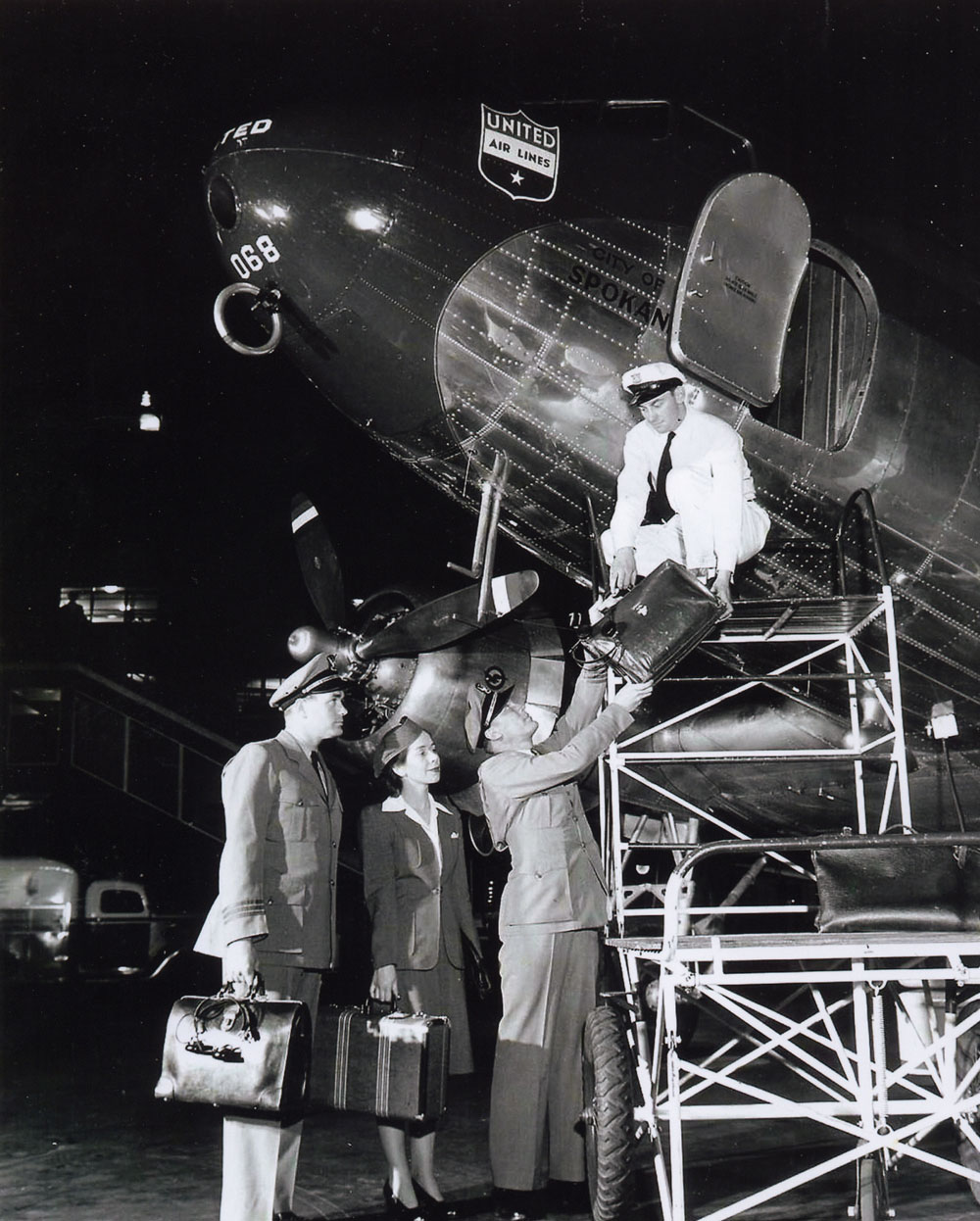
In 1959, Donald Wills Douglas, Sr. wrote that, for most of the preceding forty years, his time and energy had been devoted to the design and manufacture of commercial and military aircraft. He also observed that in 1921 none of the Douglas Aircraft family watching the take-off of the Douglas Cloudster on its maiden flight could have predicted the scores of marvellous designs that would roll from their assembly lines in the years to come. A few of our designs attained some degree of fame, and one of them, the DC-3, has become almost legendary. It seems to go on forever. More than ten thousand of these transports were built, several thousand remaining in service today, and representing a twenty-five year span of service. It is fairly safe to predict that a few of these hardy veterans will be flying twenty-five years from today. It was. Today, nearly fifty years after his prediction, many DC-3s continue to earn their keep in private hands, hauling passengers and cargo, as flying reminders of the impact the DC-3 has had on the world since that first flight on December 17, 1935, the thirty-second anniversary of the Wright brothers controlled powered flight at Kittyhawk in North Carolina.
Next pageFont size:
Interval:
Bookmark:
Similar books «Skytrain: A Transport Revolution»
Look at similar books to Skytrain: A Transport Revolution. We have selected literature similar in name and meaning in the hope of providing readers with more options to find new, interesting, not yet read works.
Discussion, reviews of the book Skytrain: A Transport Revolution and just readers' own opinions. Leave your comments, write what you think about the work, its meaning or the main characters. Specify what exactly you liked and what you didn't like, and why you think so.

